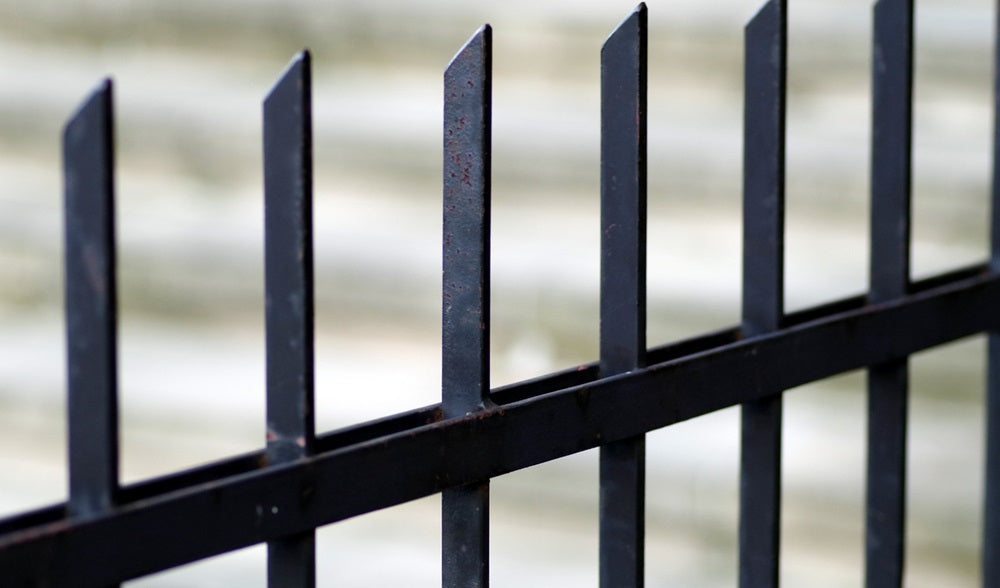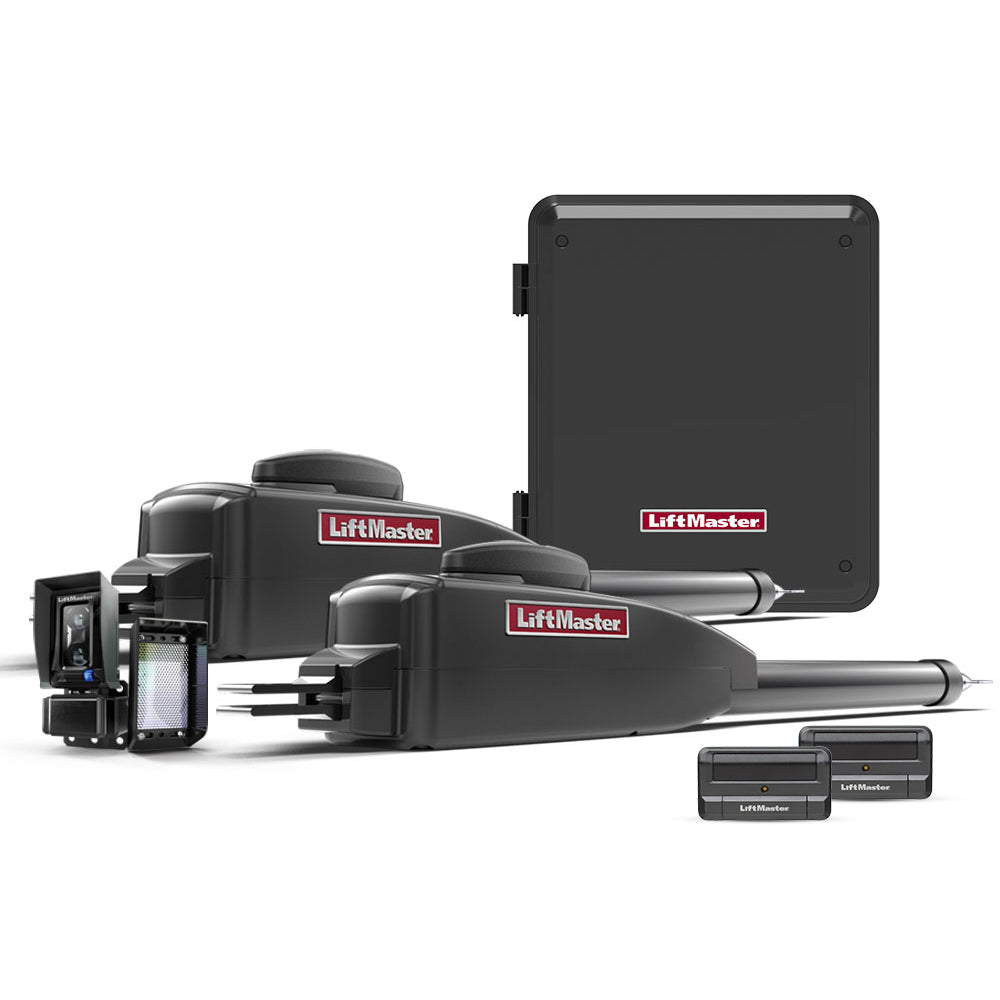A fence serves as a protective barrier for your home and family, offering essential privacy and security that can help you feel more at ease. However, some hesitate to install a fence due to the potential costs involved. So, how much does fencing actually cost, and is it worth the investment?
Generally, home fence installation is recommended not only for security and privacy but also for enhancing curb appeal. There are ways you can balance your security needs and fencing expenses. Finding this equilibrium will help you achieve the fence solution without breaking the bank.
How Much Does Fencing Cost?
So, how much does fencing cost? The average cost of a fence installation depends on several factors. Quality fencing will also be more expensive than subpar fencing materials and services.
The overall fence installation price depends on these factors:
Fence Materials
The fencing materials will affect the total cost of installation. For example, a wooden fence is typically cheaper than vinyl, aluminum, and metal. Wooden fences often range from $20 to $50 per linear foot. Vinyl fencing costs can range from $30 to $60 per linear foot.
Aluminum fencing ranges from $25 to $75 per linear foot, and metal fencing from $20 to $85 per linear foot. Other materials, such as composite, chain link, wrought iron and barbed wire, are also priced differently. The final cost for fence materials depends on the type, design, and size of the fence.
Fence Height and Length
The taller and wider the fence, the more expensive it will be since you will use more materials and possibly incur additional charges for the installation service.
The basic standard size for a fence is 6 ft tall. However, some owners want their fences to offer more privacy and make them 8 to 10 ft in height, which will result in higher material costs.
Fence Design
The complexity of your fence design or style also influences the cost of fencing. Since special features require additional labor fees and probably extra materials, expect to pay more for a customized fence design.
For example, a privacy fence that uses a shadowbox, board-on-board with overlapping slats, edge-to-edge horizontal or vertical board fences, or board-and-batten designs will cost more in materials and labor fees.
You can save a lot if you only install a simple picket fence or split rail fence.
Geographic Location
The cost of installing a fence can vary depending on location. Fence installation companies set their prices according to the local market and competition. Installation may be more expensive in cities and suburbs with a higher cost of living.
Additionally, communities with homeowners associations (HOAs) often have specific rules regarding fence installation, such as requiring certain materials. You may be required to use these approved materials, even if they don't fit within your budget.
Labor Cost
DIY fence installation saves you more than hiring a pro. However, if you are not a handyman, hiring a professional fence installer is the best way to go. Labor costs depend on a multitude of factors, as outlined earlier. Remember, the fence style, size, and even your location can affect the total labor cost.
Local Permits and Regulations
Fence permits and regulations may vary depending on where you live. In most cases, however, permits are required to build a fence. You and your installer should also follow the set regulations and codes to avoid penalties.
Budgeting for Fence Installation
When budgeting for your fence installation, you need to keep in mind all of these factors, as they can significantly impact your budget. Do your research and compare prices for different fencing options to find something that fits well within your budget and still checks all the boxes.
Additional Costs and Considerations
Building the fence isn’t the only thing you should worry about. Fence repair costs should also be included when budgeting.
The following additional costs could affect your budget:
- Existing Fence Removal. Removing an old fence to upgrade to a new one adds to the cost. Depending on your location, fence removal can range from $3 to $6 per linear foot. You may also be charged a haul-away fee.
- Land Leveling. Some areas may not be suitable for fence installation, especially when the ground is uneven. To install a fence, the land must be leveled, or the installer will adjust the fence material to accommodate the sloping ground. For uneven land areas, homeowners can ultimatley spend an additional $1000 to $3000 more for installation.
- Tree and Stump Removal. If a tree or stump is along the fence line, it should be removed. Removal costs depend on the size of the tree and typically range between $200 and $2000. Stump removal is cheaper, at around $100 to $400.
- Shrub and Bush Removal. Likewise, shrubs and bushes should also be taken down if they are along the fence line. With this, you may need to pay $25 to $150 per shrub/bush.
- Underground Utilities. The presence of underground utilities may also influence fencing costs.
- Painting a fence after it is installed may cost you an additional $2 to $14 per linear foot. This will also depend on the size of the fence and the type of paint you choose. To save painting fees, many homeowners opt to DIY paint their fences.
Fence Installation: A Reasonable Investment
Fencing is a wise investment, especially since it protects privacy and bolsters security for your home and property. Many factors affect the overall cost of fencing. However, determining the cost beforehand by checking reliable and affordable suppliers helps.
Check us at All Security Equipment! We may have the right materials for your fencing needs. Contact our customer service for details.












